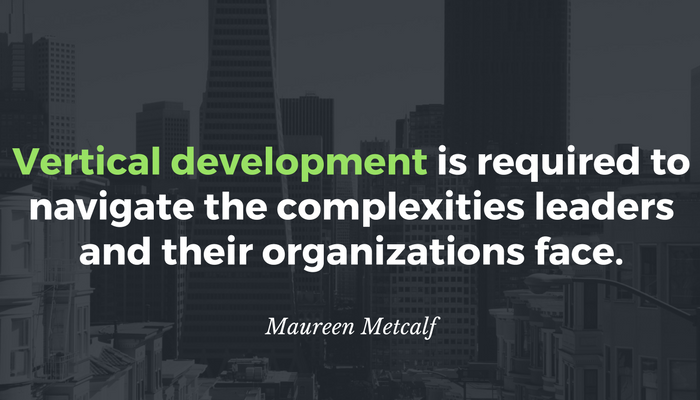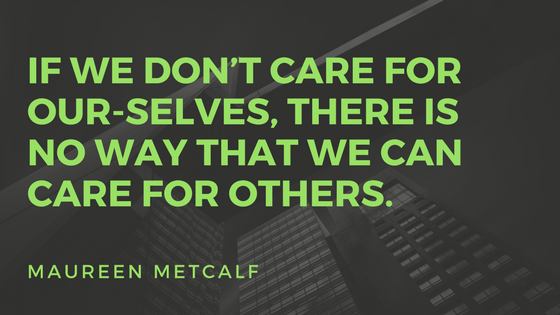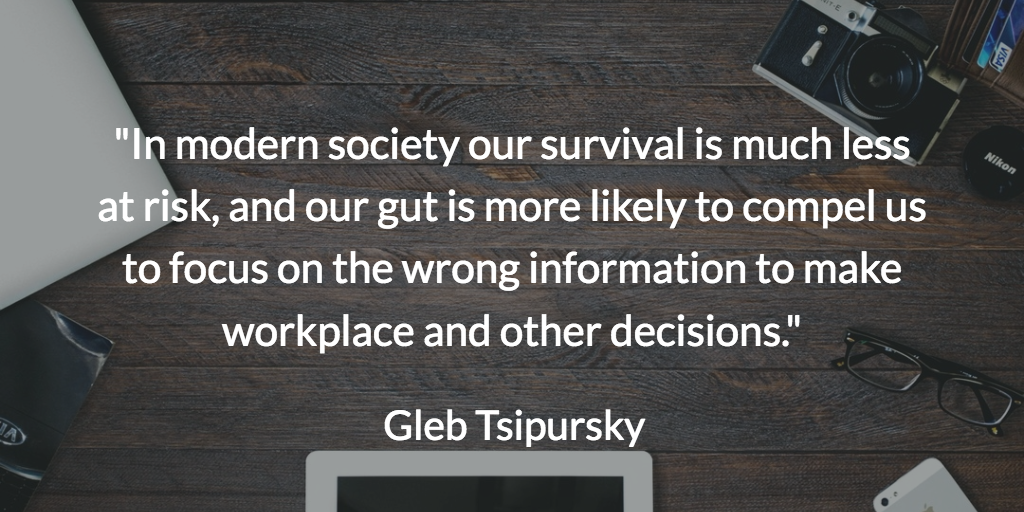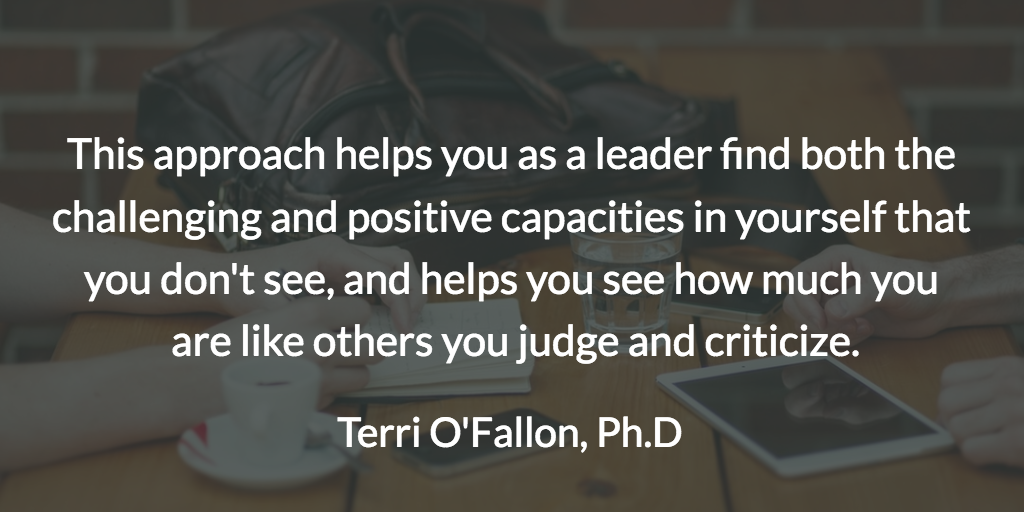5 Hacks to Improve Your Creativity and Performance
This blog is provided by Albin Morgan, a guest writer focusing on improving your creativity and performance.
Did you know that you possess the power to rewire your brain and tune up your cognitive abilities? Well, you do. For the past decade, brain scientists have been releasing more and more proof that points to this possibility. The proof shows that the human brain is incredibly plastic, meaning that all you need to do is find the right habits and routines and you will successfully rewire yours. If you choose and commit to changing your behavior and becoming happier, more creative, and optimally productive, you sure can pull that off. Here are 5 hacks that will rewire your brain and give you significant gains in creativity and performance.
- Leveraging creative coaching
A life coach who specializes in creative coaching will help you to start thinking in new and different ways. Creative coaching involves teaching people who struggle with creativity issues the art of expressing their emotions, solving problems, and generating new ideas in a better way. If thinking outside the box isn’t your strongest suit, perhaps you need to book an appointment with a life coach.
The relevance of gaining creative skills in the corporate world can never be overemphasized. Creativity helps corporate leaders and business owners to work through any barriers that could be holding them back. A reputable creativity coach will go beyond training you on how to gain clarity and understand issues better, to training you on how to resolve conflicts and see things from the best possible perspectives. That is why investing in a creative life coach is never a waste of time or money.
- Diversify mind inputs
All human beings are creatures of habit. The only variation from one person to the other is the degree to which our habits and routines have affected our minds. Whereas this makes us happy and comfortable, it also limits our mind inputs and leaves little or no room for creativity. Speaking to the same group of people, sharing the same ideas, cooking using the same recipes, and visiting the same places makes you good at what you do but does not necessarily improve your creativity. That is why, if you want to diversify and improve your output, you must be ready to leave your comfort zone and start doing things differently. Take a vacation abroad, for example. Strike up conversations with random people, learn a new language, start playing new video games, read far and wide, and challenge yourself to do things that you ordinarily would not do. The more new interactions you make, the more diverse your thinking capacity will be.
- As much as possible, don’t multitask
Multitasking basically means asking your brain not to focus on anything specific and instead spin as many plates as possible, with the end game for any of the spins not being definitive. It is almost impossible for a normal human mind to focus on so many things and still manage to leave room for creativity. That is why when something serious bothers you, you drop everything, get in the moment, focus all your attention and energy on the problem at hand, and eventually find a creative solution. Now think of what would become of your life if you allowed your brain room to think all the time by quitting multitasking. It would be great, of course. Stop piling up issues or forcing things that probably don’t need to be pushed. Take everything in and start solving issues as they come. That will help with your creativity.
- Practice mindful observation
Improving your observation skills will set up your brain to a path of discovery and creative thinking. Mindful observation means taking note of your surroundings and being alive to everything that happens around you, no matter the time or place. It is time you started appreciating the environment in which you live and appreciating the creativity of the people around you. Start noticing problems everywhere you go and, instead of feeling overwhelmed by them, volunteer to find workable and innovative solutions. That will help you tap into your creative energy.
- Take time out and do absolutely nothing
Doing nothing isn’t easy especially with all the work deadlines waiting for you on your desk, but you should try it nonetheless. Just set aside an hour from your busy schedule, hit the brakes, and forget about work. Too much focus and attention to new information destroys your ability to process new information fast or even to analyze it effectively. Relaxing is critical to your cognitive capabilities.
Conclusion
Being creative is surely magical. It helps you to inspire new ideas and gain the admiration of people around you. Being able to create something from nothingness is also motivational in its own way. If you wish to get that ability, then, by all means, invest your time, energy, and money to getting the right tools for your creativity uptake.
About the Author
Albin Morgan is a guest writer.
Photo by Tim Mossholder on Unsplash




 This post is a companion to the podcast featuring
This post is a companion to the podcast featuring  This blog post is the companion to a podcast with Mark Palmer and Belinda Gore,
This blog post is the companion to a podcast with Mark Palmer and Belinda Gore,  This guest blog was written as a companion to the podcast Interview with Dr. Gleb Tsipursky’s Tools for Avoiding Disastrous Decisions. In the interview and the blog, Gleb explores how we can balance intuition and data-based decision-making to achieve the most effective business outcomes. He explores some common misconceptions and offers recommendations to avoid them.
This guest blog was written as a companion to the podcast Interview with Dr. Gleb Tsipursky’s Tools for Avoiding Disastrous Decisions. In the interview and the blog, Gleb explores how we can balance intuition and data-based decision-making to achieve the most effective business outcomes. He explores some common misconceptions and offers recommendations to avoid them. This blog is a companion to the interview with Terri O’Fallon. What is A Level 5 / Teal Organization? Terri O’Fallon, PhD, wrote this post.
This blog is a companion to the interview with Terri O’Fallon. What is A Level 5 / Teal Organization? Terri O’Fallon, PhD, wrote this post.